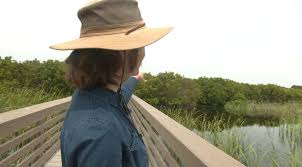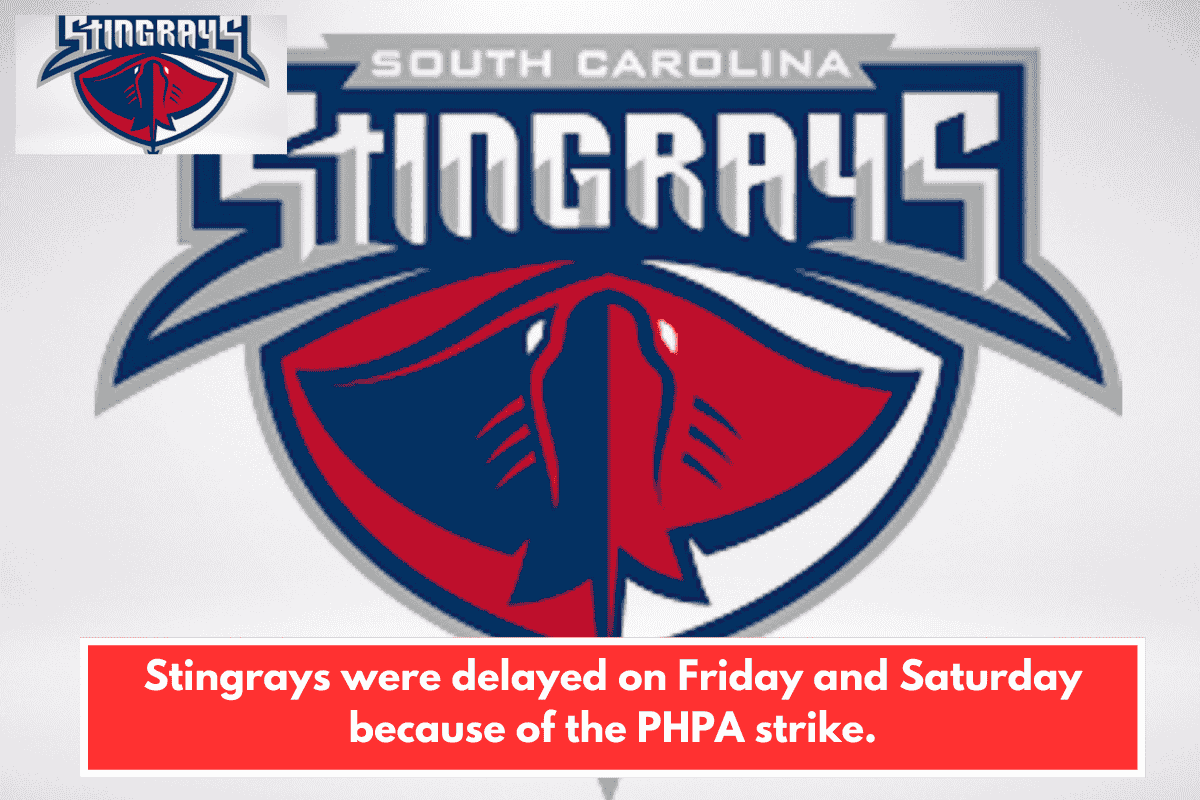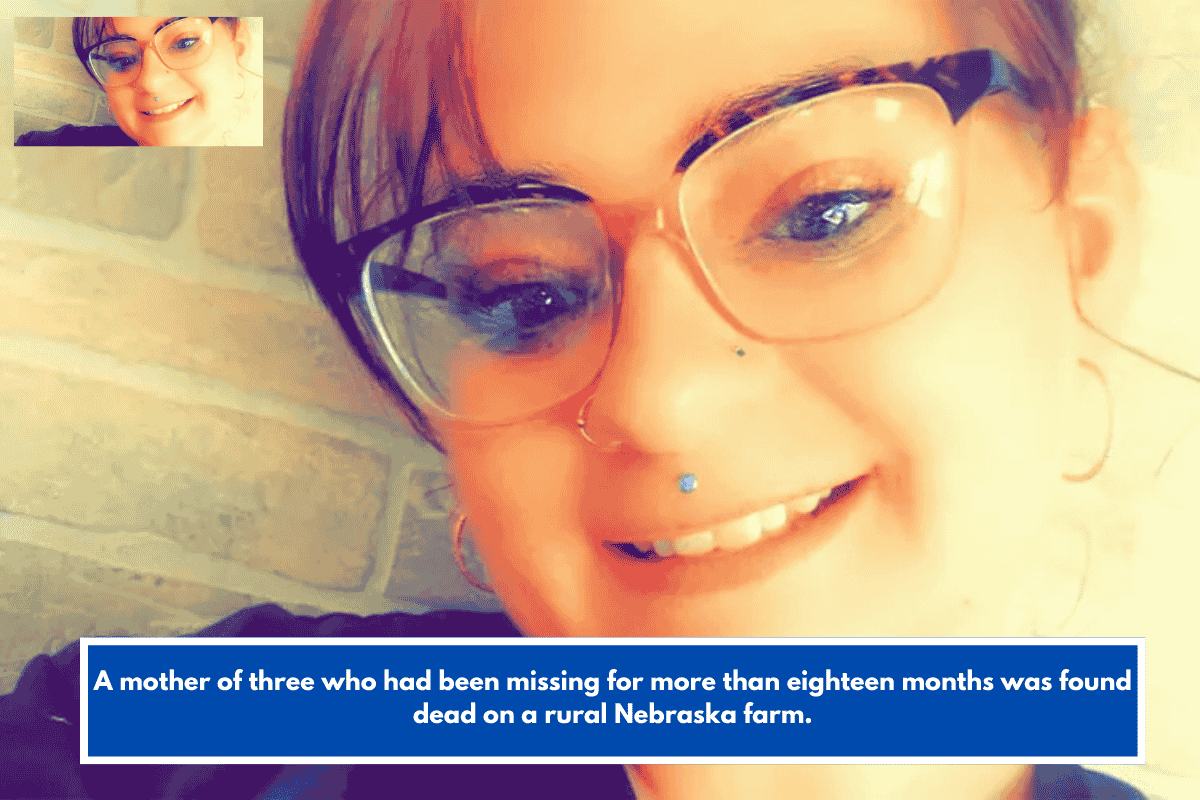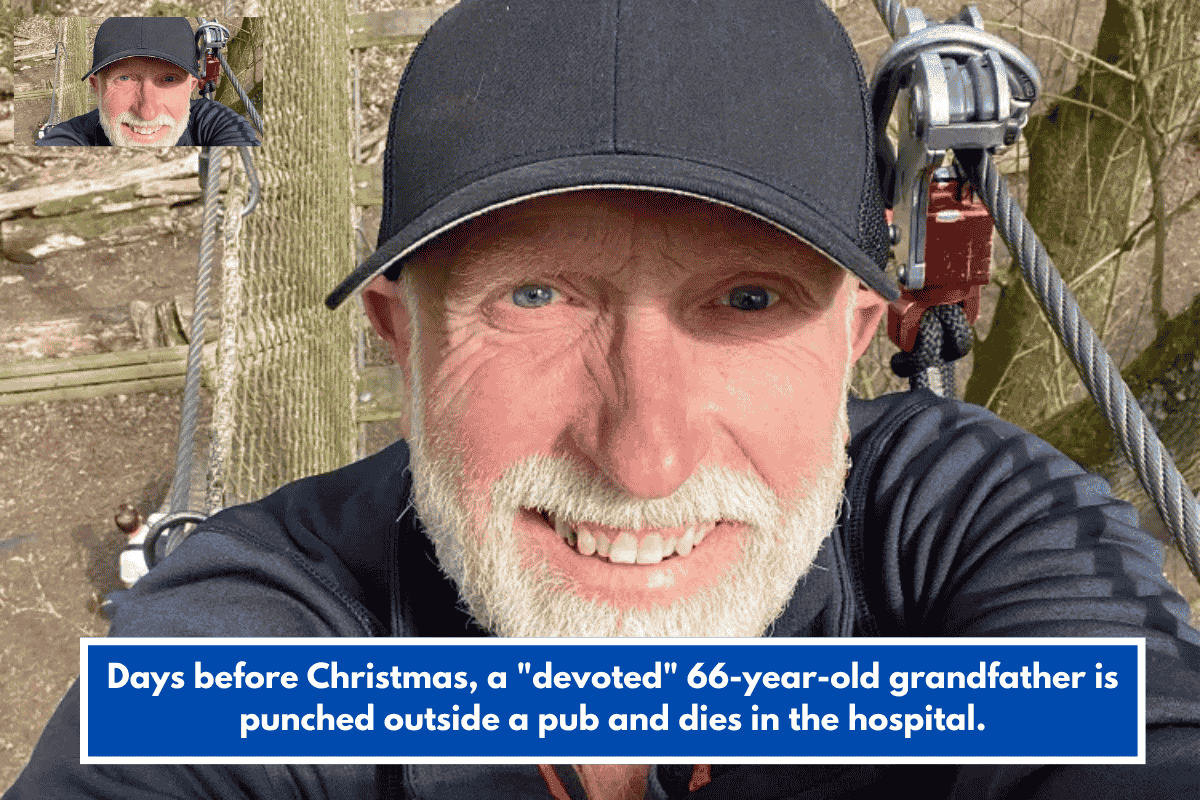Rebecca Fanning’s journey to becoming Sullivan’s Island’s first-ever Director of Resilience and Natural Resource Management is as inspiring as it is far-reaching—literally. Born and raised in West Ashley, Fanning spent countless summers on Sullivan’s Island, where both sides of her family owned homes. Those early days exploring the island’s natural beauty sparked a lifelong passion for the environment that has now come full circle.
From a young age, Fanning was drawn to nature. She was a devoted birder, often found wandering through Magnolia Gardens, the Caw Caw Interpretive Center, and, of course, the Maritime Forest on Sullivan’s Island. But she also had a deep curiosity about the world beyond the Lowcountry. That curiosity took her to Bard College in New York, where she studied Russian and German—languages she now speaks fluently—and lived abroad in Austria and Russia before eventually landing in California.
In California, she found a calling in environmental stewardship. As a docent and site captain at the Marina Shorebird Nature Center in Berkeley, she began her hands-on work in habitat restoration. That role evolved into nearly two years with Save the Bay in Oakland, where she contributed to long-term salt marsh restoration projects—efforts that would later influence her approach back home.
“I decided I needed something more meaningful,” Fanning shared. “I wanted to make a difference for my community and the planet.”
Answering the call of the coast, she returned to South Carolina, first attending Trident Tech before earning dual master’s degrees in environmental science and public administration from the College of Charleston. Her resume includes roles with organizations like Charleston Resilience Network, South Carolina Sea Grant Consortium, and the Butler Conservation Fund. She also interned with Robinson Design Engineers, where she developed site plans and environmental proposals, building the technical foundation for her work today.
In 2020, she founded Community Hydrology, a grassroots initiative designed to empower coastal communities—from Georgetown to Port Royal Sound—to take proactive steps in combating flooding and climate change. Whether planting trees or installing rain gardens, the message was clear: small acts can make a big difference.
“When there are no plants, water stays on the ground—and that leads to flooding,” Fanning explained. “We wanted to give people tools to act locally and see real impact.”
Now, as Sullivan’s Island’s director of resilience and natural resource management, Fanning is putting her experience to work where it all began. Her new role involves everything from advising on tree removal permits and stormwater runoff to implementing the town’s Sea Level Rise Adaptation Plan. She’s also guiding landscaping around new construction sites to reduce flooding and enhance ecological resilience.
A special focus of her work is protecting and preserving the island’s treasured Maritime Forest—a 200-acre haven for local wildlife and a critical buffer against storm impacts. Fanning remains a passionate advocate for this unique ecosystem and the life it supports, including the colorful painted bunting, which nests low to the ground and is vulnerable to predators like snakes, raccoons, and even armadillos.
Fanning, who also teaches Environmental Studies at the College of Charleston, emphasizes the importance of native plants in maintaining ecological balance. She cites research by Doug Tallamy, noting that oak trees—prevalent in the Maritime Forest—can support up to 450 species of caterpillars, an essential food source for young birds.
“In the big picture, it comes down to what plants are on the ground,” she said. “The right plants make all the difference—for the soil, the water, the wildlife, and the people.”
With her heart rooted in the Lowcountry and her expertise shaped by global experience, Rebecca Fanning is bringing a thoughtful, science-backed approach to the challenges facing Sullivan’s Island today—and the generations to come.














